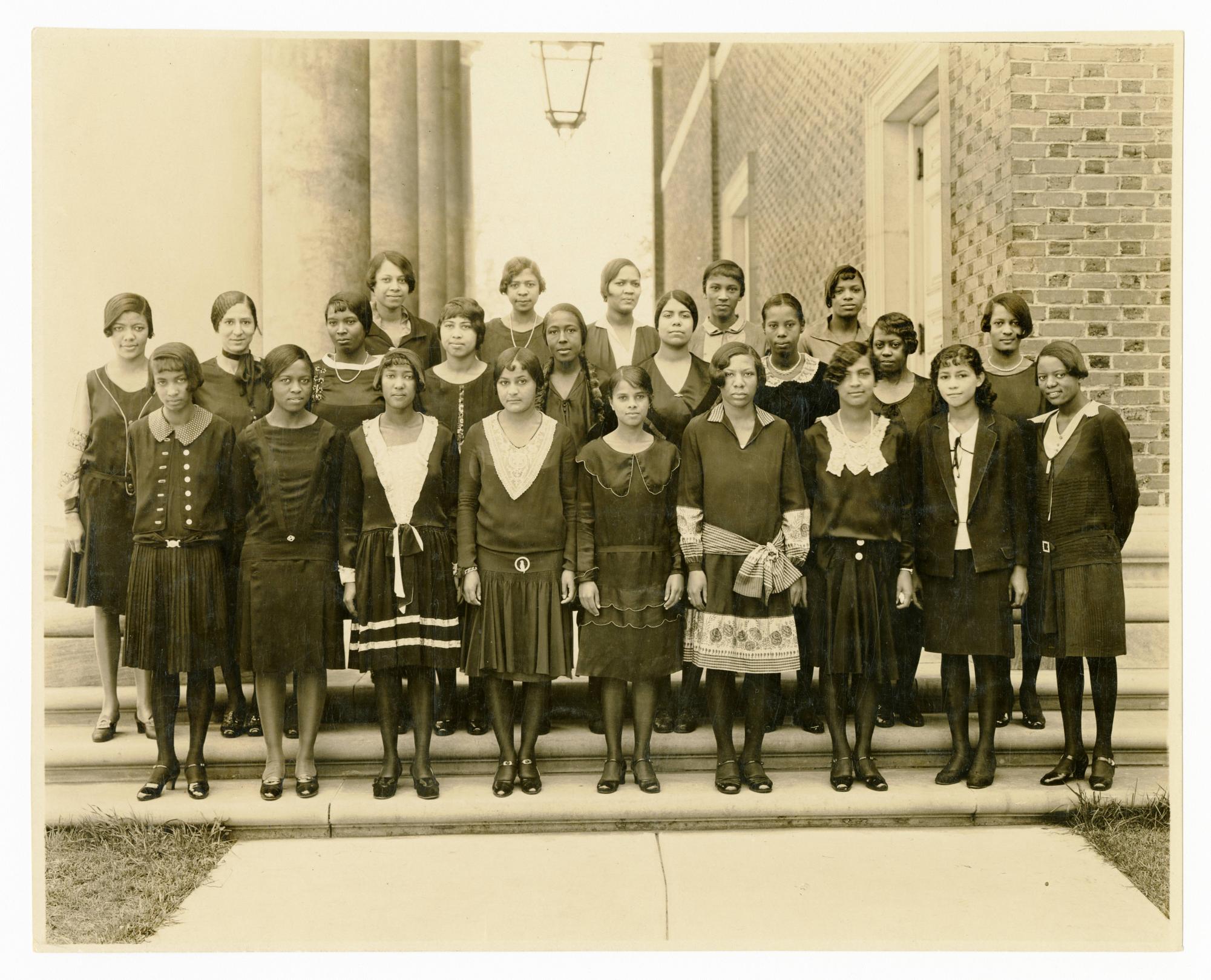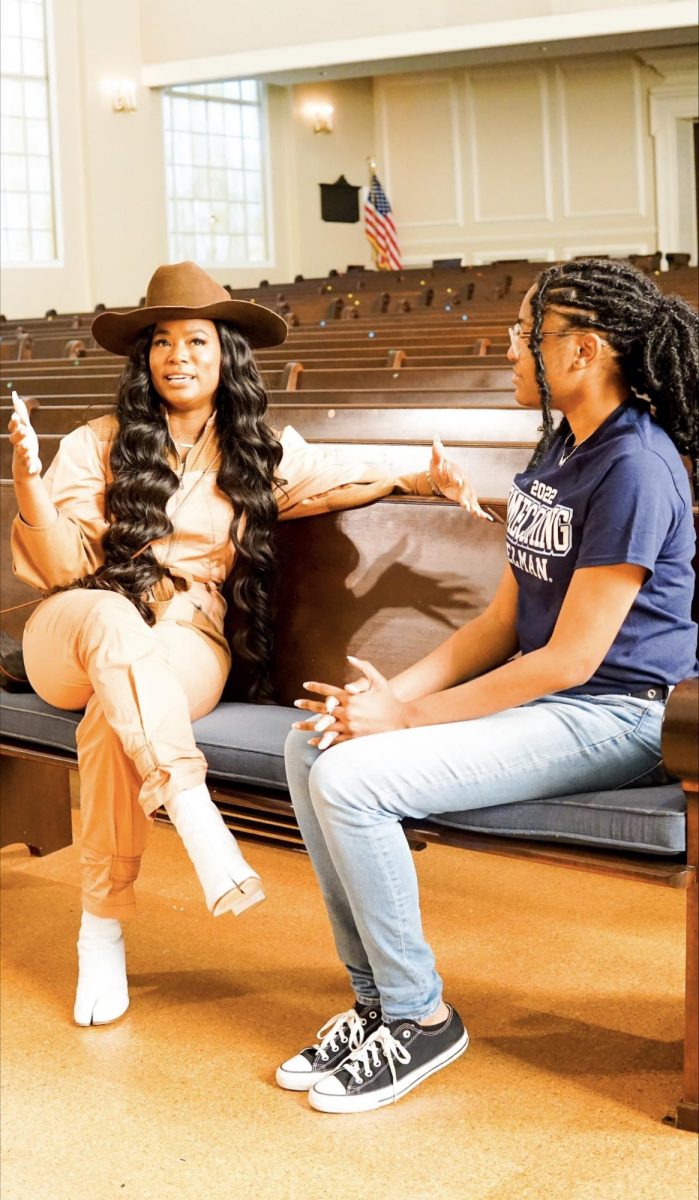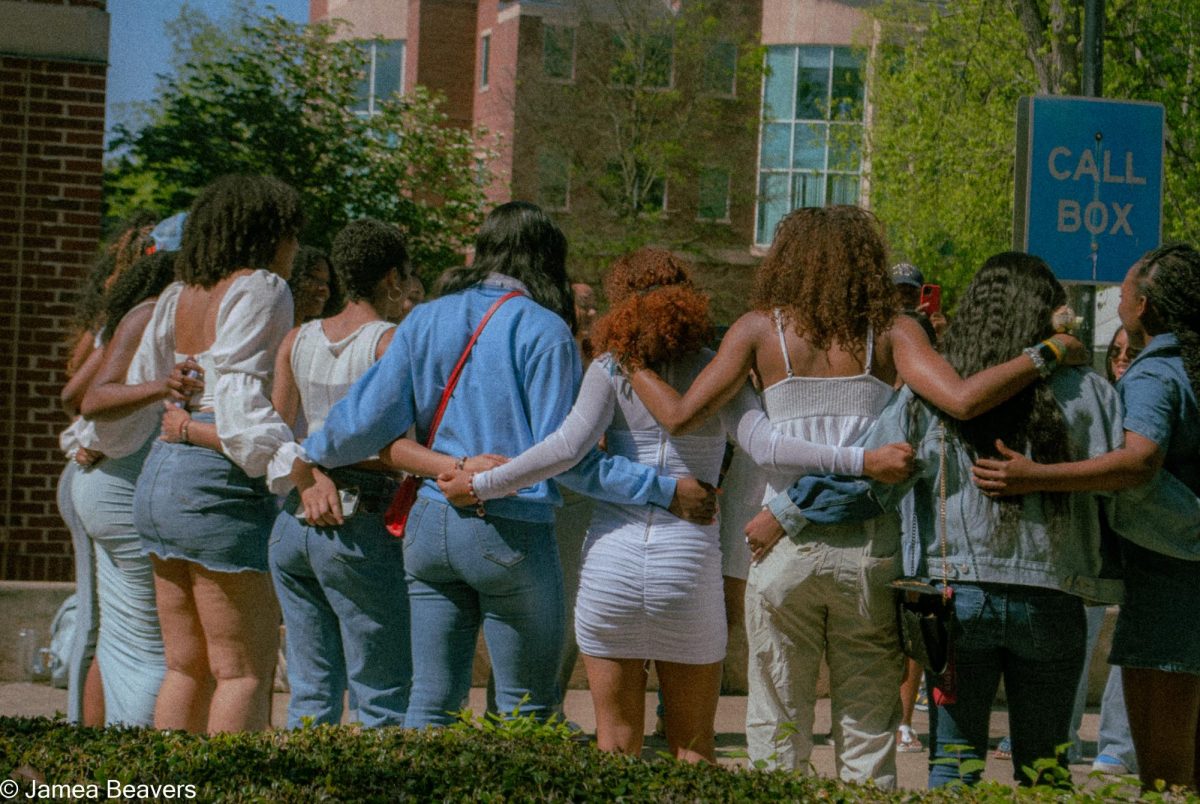The Brown Paper Bag test originated in the United States during the early to mid-20th century. A discriminatory practice used within African American communities and institutions determined a person’s eligibility or acceptance based on skin color. This practice initiated a toxic culture and social convention resolved to devalue and dehumanize darker-complexioned Black people. What once determined if an enslaved Black person worked within the home or in the field now fosters self-loathing, interracial discrimination, and psychological turmoil within a community already heavily subjected to racial systemic abuse.
In the article “Colorism Within the the Historically Black Colleges and Universities (HBCUs),” composed by Marybeth Gasman, a Samuel DeWitt Proctor Endowed Chair in Education at Rutgers University, and Ufuoma Abiola, an inaugural Executive Head and Associate University Librarian for Diversity, Equity, and Inclusion at Princeton University both educators share the intention of exploring issues related to discrimination or bias based on skin color within the African American community, including its impact on educational institutions designed to serve predominantly Black students. Spelman College, an institution serving both
Black and female-identifying intellectuals serve as a captivating subject for their intended discussion. Spelman is home to thousands of young Black women of different shades who experience unique social and professional settings. Utilizing the work of Gasman and Abiola and the student perspective, this piece will navigate the authenticity of young women maturing in a culture hyper-fascinated with skin complexion and the value we have allowed it to obtain.
In Gasman and Abiola’s study, a quote by Jones (2000) reveals that after the fall of slavery, lighter-skinned Blacks used code-switching to assimilate into White culture, which continues to have an impact on Black women in professional settings. “After the fall of slavery, lighter-skinned Blacks used a combination of their skin color, informal education learned in plantation houses, and adoption of White values to assimilate into White culture to the extent that Whites would allow them to do so” (Gasman and Abiola 41).
This is known as code-switching, where one alternates between different languages, dialects, or communication styles based on social context. Along with code-switching, Black women may feel pressure to physically echo their white counterparts by conforming to European beauty standards in professional settings. This influential state of acclimating to predominantly white environments derives from Black people who share similarities with those in positions of power (white people) receiving respect in the workplace and otherwise rare benefits. The common perception is that adopting the prevalent communication styles in predominantly white environments is necessary for professional growth. This pressure to alter one’s communication style can be extreme in work settings where adherence to the majority culture is often viewed as advantageous.
For Briana Battle, a freshman at Spelman, a Spelman woman is a Black woman with straightened hair. On campus, she may embrace her natural hair or wear braids, but she feels the need to code-switch in a professional setting. “We are who we want to be when we feel we can be,” Battle said.
As Battle explains, Black women often feel the need to work twice as hard as their white counterparts to get the same position. “We think maybe I can change the way I dress, the way my hair looks, and the way I talk to be whatever they want me to be’ but there are some things you can’t change,” she explained.
Light-skinned Black people often share facial features and hair textures similar to their white counterparts, which gives them an advantage when navigating white-dominated spaces. Although they may still feel the need to downplay their cultural experience and ideas, their appearance promotes a more accepting initial response from white individuals, and this mindset puts dark-skinned Black people at a disadvantage because their black features cannot be downplayed or compared to the pale skin, light eyes, and straight hair of their counterparts. Code-switching cannot disguise the darkness of their skin or the kinkiness of their hair.
Eliminating colorism in professional settings requires a comprehensive strategy that involves individuals, organizations, and broader societal changes. Most importantly, there must be a mutual emotional understanding of the heavy impact colorism has not only on darker-skinned Black people but the community as a whole. The implications in social and relaxed settings that Black people encourage, such as the preference for “light skin” when dating. The glorification of loose curly hair and light eyes within the media and the attachment of masculinity to darker skin all work to disturb the allegiance of Black people. Embracing Blackness as diverse, unique, multifaceted, equally beautiful, essential, and united as one can completely alter how non-black individuals perceive and value the community. This discussion starts in Black spaces, including HBCUs.
Gasman and Abiola acknowledge how leaders should move the topic into campus-wide spaces. “Through brown-bag gatherings, film discussions, and invited speaker series. For example, weaving discussions of colorism into student orientation events along with issues around sexism or religious difference could be beneficial to students. It would be advantageous for HBCUs to develop and implement on-campus program- ming such as moderated conversations, town hall forums, colloquia, and/or symposiums on color- ism as it is oftentimes not discussed due to the uncomfortable nature of the topic” (Gasman and Abiola 43).
Implementing diversity and inclusion training programs to educate employees and leaders about the impact of colorism and raising awareness about the existence and consequences of colorism through workshops, seminars, and communication campaigns will make a significant difference. “HBCUs must contribute to the dismantling of colorism rather than participate in its perpetuation” ( Gasman and Abiola 43).



